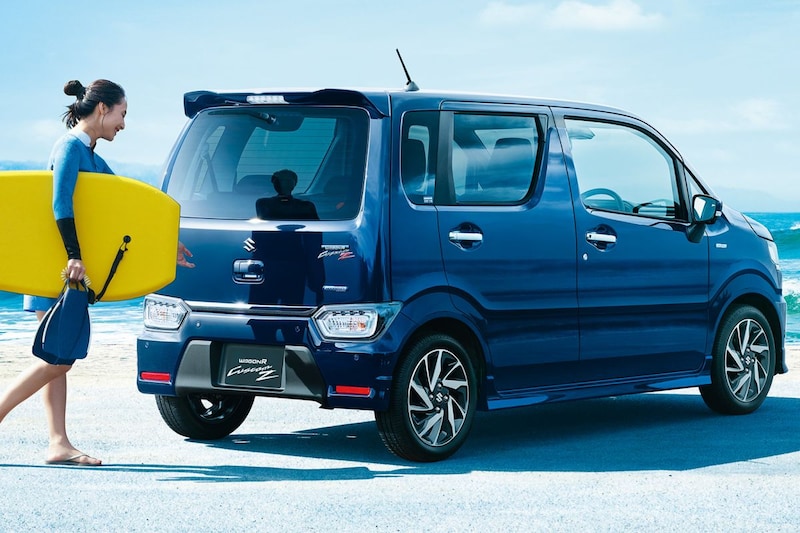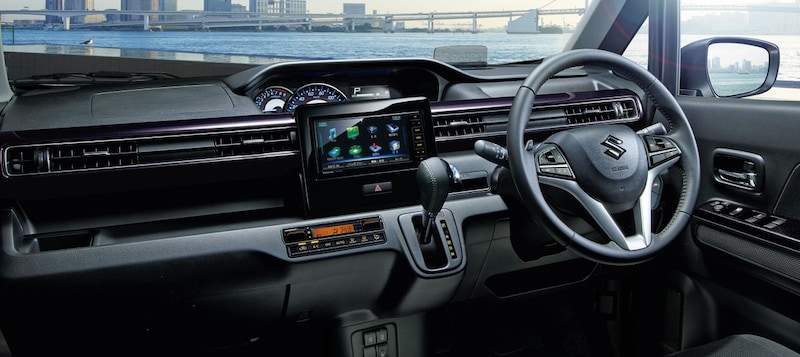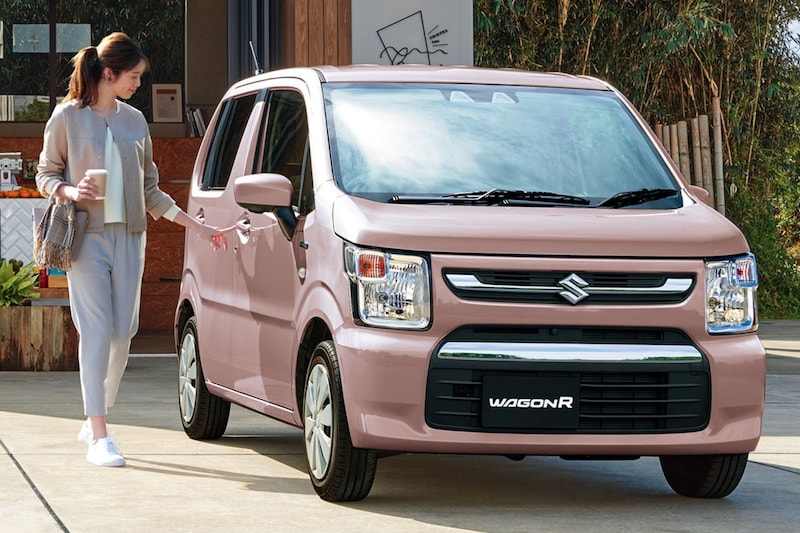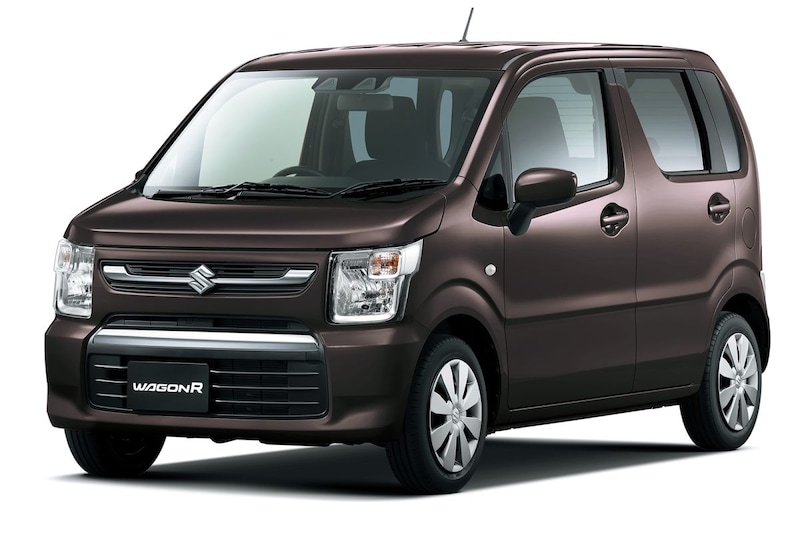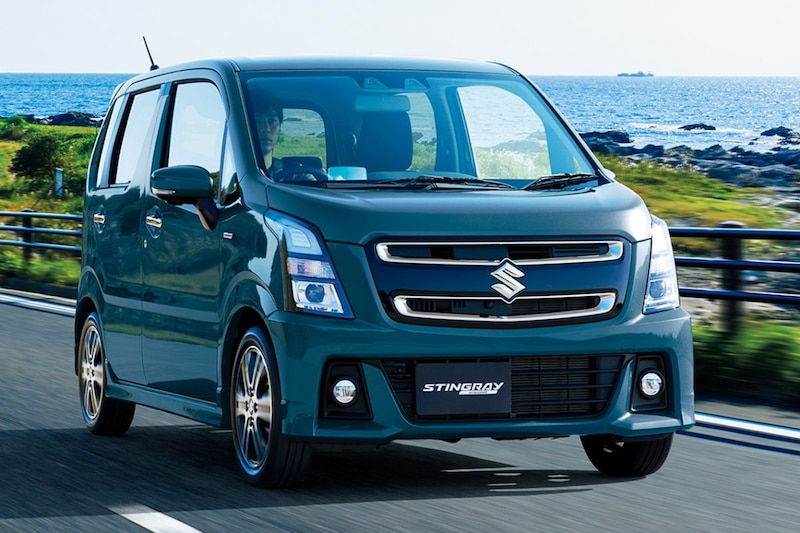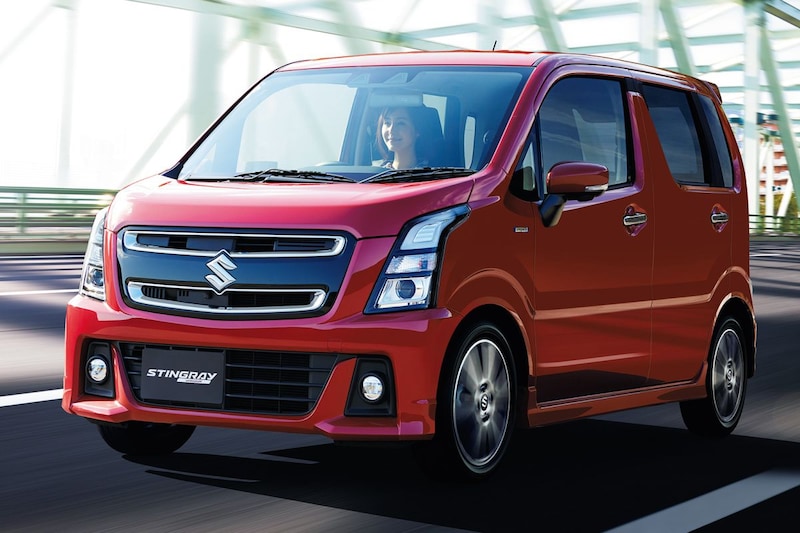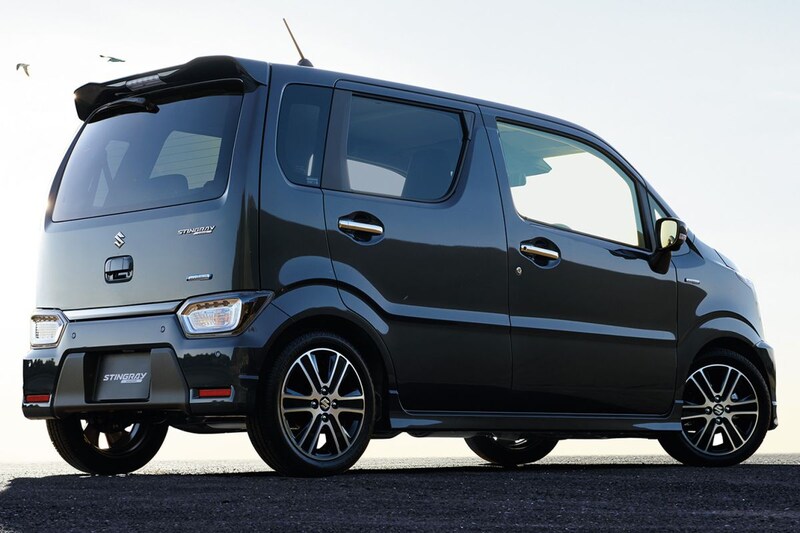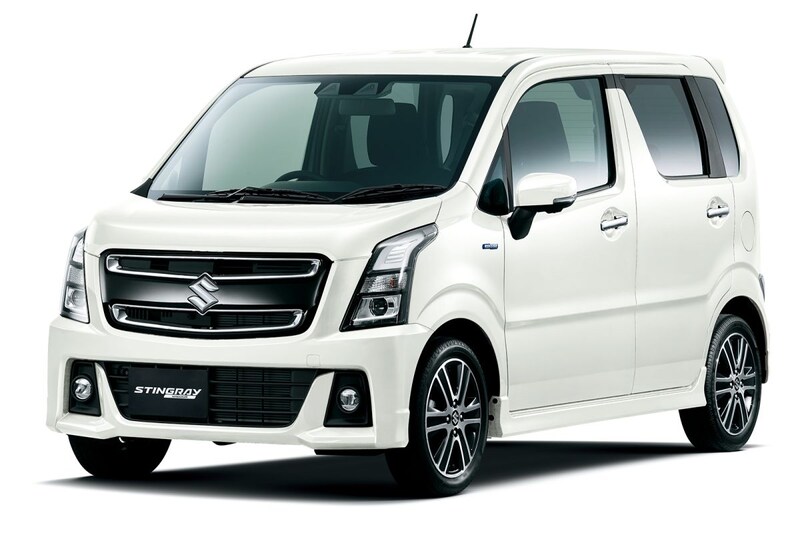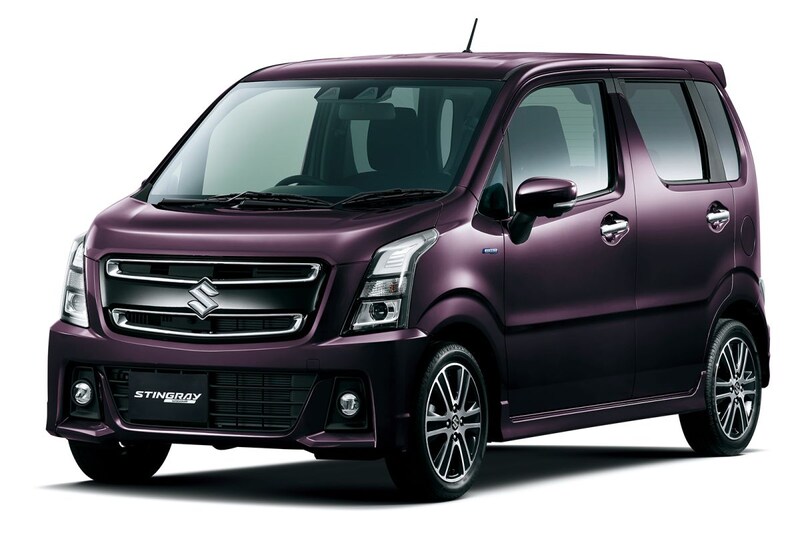Nice and interesting
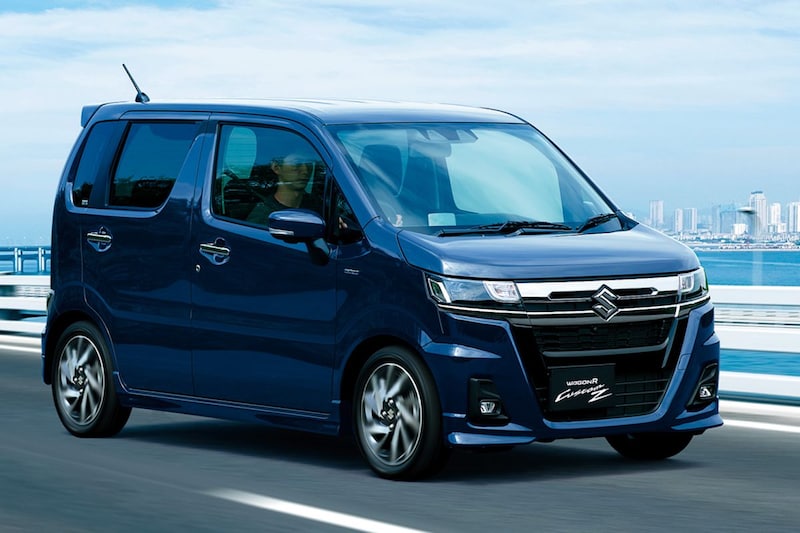

Also today AutoWeek looks far beyond the border to keep an eye on what is happening there in the automotive field. We pay a virtual visit to Japan where Suzuki gives the Wagon R a new variant.
If you feel little sympathy for Japanese brick boxes that have no relevance whatsoever for the European car buyer, it is better to quickly click on another article. In this piece of virtual space we take you through the Suzuki Wagon R, the distant descendant of the Suzuki’s Wagon R+ that you could also buy in the Netherlands spread over two generations between 1997 and 2008. The second generation even as Opel Agila.

The first Wagon R+ even performed heroically in the Barrel Brigade.
The Wagon R-plus of the first generation Wagon R was the slightly larger 1.0 and 1.2 equipped variant of the small Suzuki destined for the European market and with its larger dimensions and larger engines complied with Japanese boulder legislation. In Japan, that Wagon R+ was sold to the Japanese customer as Wagon R-Wide. The second Wagon R also came to Europe according to a similar construction. Maruti Suzuki, the Indian branch of Suzuki, sells a car in India called Wagon R, which has been specially developed for the local market. That’s not the car we’re talking about today either. We zoom in on the real Japanese Wagon R, a car that was helped to its current and already sixth generation in 2017.
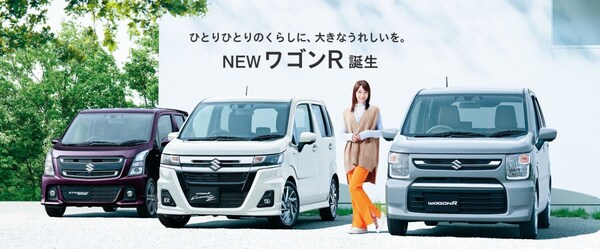
From left to right: the Wagon R Stingray, the new Custom Z and the regular Wagon R.
The Suzuki Wagon R, which is now about five years old, was already available in two external flavors, completely in accordance with the kei-car tradition. In addition to the regular Wagon R (photos 5 to 12), Suzuki sells the technically identical but higher positioned Wagon R Stingray (photos 13 to 19) with a nose that – if you look into the sun and through your eyelashes – almost Cadillac-esque. That Wagon R and Wagon R Stingray now get a third variant with its own front next to them: the Wagon R Custom Z. Heftig huh?
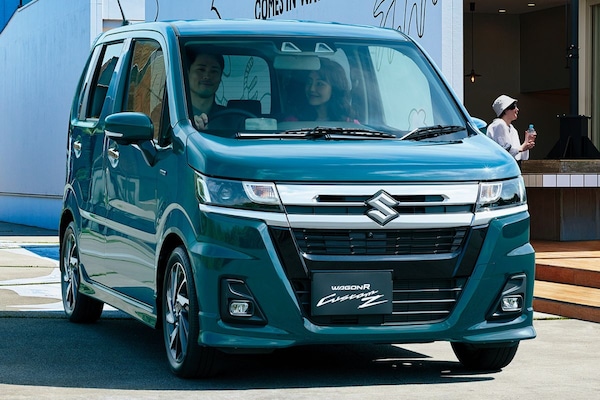
Suzuki Wagon R, with his ‘fearless’ look.
Suzuki Wagon R Custom Z
The Suzuki Wagon R Custom Z (photos 1 to 4) has a more gruff and, according to Suzuki, sportier-looking front than the Wagon R and Wagon R Stingray. Has relatively flat headlights and a grille-like element that fills most of the bumper. Suzuki describes the appearance of the Wagon R Custom Z as ‘fearless’ and we are of course happy to share that description with you. Unlike the Wagon R and Wagon R Stingray, the Custom Z always has a black interior. There is also a nice explanation. According to Suzuki, the black interior ‘exudes strength and quality’.
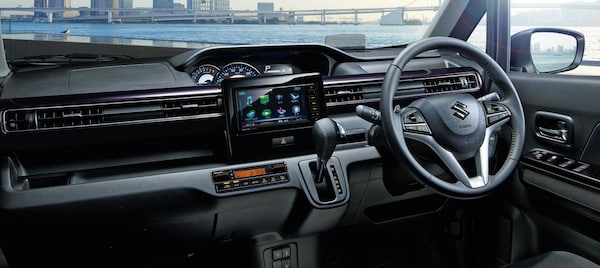
Suzuki Wagon R
The technology does not change anything and that means that the Japanese Wagon R family now consisting of three brothers is on the Heartect platform of Suzuki. There are versions with a 658 cc three-cylinder that is available with and without a turbo and there is even a real Hybrid variant that can drive electrically for a few seconds up to a speed of 13 km/h. The Custom Z and Stingray are only available as a Hybrid. For the Wagon R you will lose at least €9,090 in Japan. The Custom Z changes hands from a minimum of around €11,000 and top-quality Stingray is in the order books for at least €12,600.
Suzuki Wagon R: it goes on
Mazda sells its own version of the Suzuki Wagon R in the form of the Flair. That is not the only small city rascal that Mazda borrows from Suzuki. The Flair Wagon is a Suzuki Spacia, the Flair Crossover is a Suzuki Hustler, the Carol is a Suzuki Alto and the Scrum Wagon is a Suzuki Every Wagon. Mazda even sold the previous Jimny as AZ Offroad. The Wagon R madness goes one step further. For example, Suzuki recently introduced the Wagon R Smile, a kei car with sliding doors that is linked to the Wagon R family, but which does have its own bodywork. For those who are not yet Wagon R-tired, we have a closing piece. The Chinese brand Changhe sells the now 28-year-old primal Wagon R with an electric powertrain. The world is far from finished with the Wagon R, as it turns out.
.
– Thanks for information from Autoweek.nl

